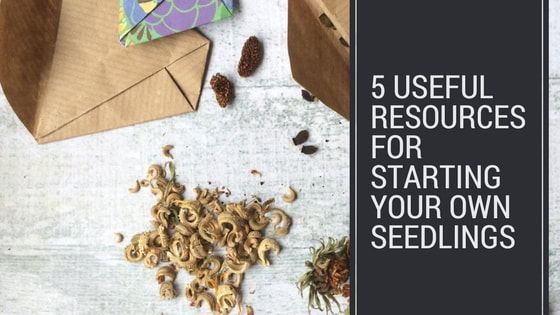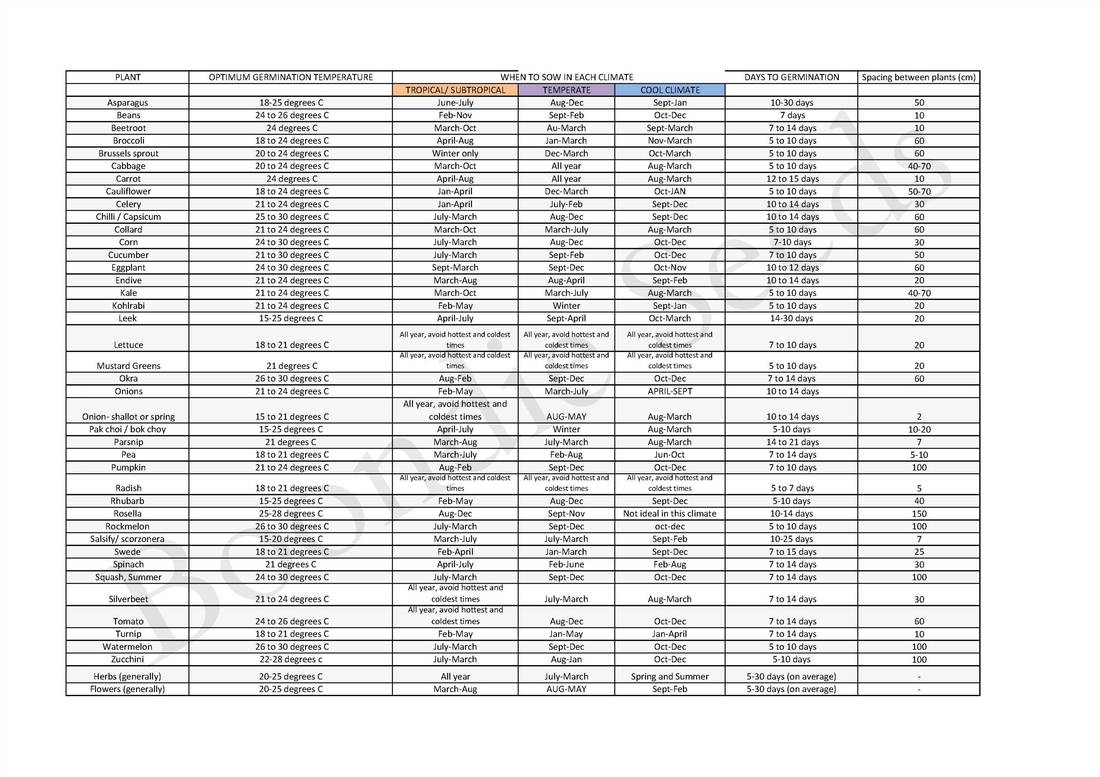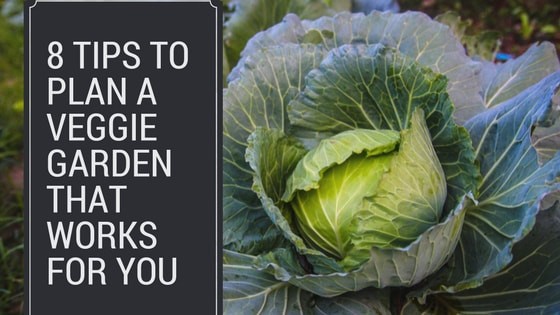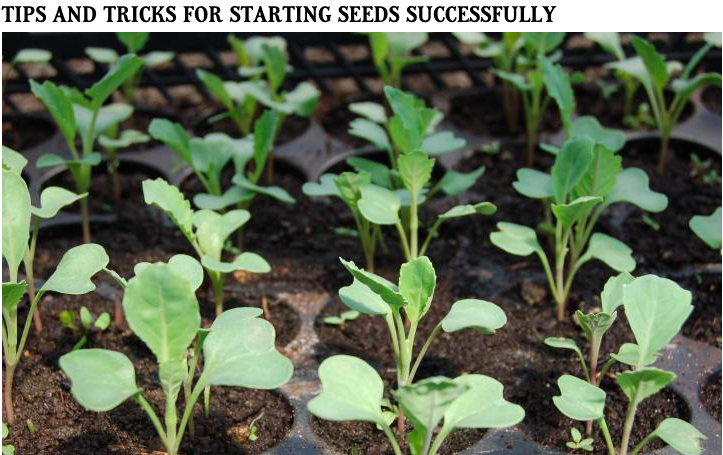Northline Farms
|
We have a little bit of sun poking through, happily melting the snow. Everywhere you go in our local communities, people are out and buzzing with this first sign of spring. In our cold climate though, we have to remember that it is only a hint of things to come and that some cold weather is likely to still come our way. I always like to think of the things that I can still do to prepare so that I am the most efficient during our short growing season. If you haven't already, you still have time to start some seedlings before planting them out. We still have 10 weeks before most plants will be put out in the garden depending on what you're looking to plant. It is always so satisfying to tend to your plants inside when it is wet and cold outside. Here are a few great resources to get you (and your future harvests!) started.
Planning and Organization
I really like the tips in the beginning of this video on how to organize your seeds. I find that the better you are at organizing and seeing what seeds you already have, the less I'm running to the store to get that one variety I forgot. On our farm we do it a little different though. We organize by when it is planted first and then location of where we do the seeding. We start some of our flowers and herbs in December/January and we continue planting until early August in the garden. Here is how I would choose to organize my seed:
I'm a big fan of tables since I can get lots of information together on one page (or just a few). I really like this table for the temperatures that the seeds germinate from Boondie Seeds. I find it is really helpful to know how long something may take to germinate and what temperatures is best for germination. Since this table originates from Australia the months to sow the seeds are off for our cold climate but there is still so much useful information on this chart. It appears that the web has many charts for germination in degrees fahrenheit but not as many with celsius temperatures. Leave a comment below if there is a crop that you're looking for temperatures and can't seem to find them.
Ok, maybe a shameless plug for another one of our blog posts, but I think there are lots of practical points in what was written here that most people don't always think about.
Seeding
Not sure where to start? Get the best tips from The Farmer's Almanac. Such a standby resource with literally decades of knowledge backing them up. This article is just the tip of the iceberg of resources that they have on their site.
If you're curious why some seeds need different treatments, this great video from Fine Gardening that really explains the different reasons for pretreating seeds. Fine Gardening also has a great overview of seed starting tips that you might not have seen everywhere else.
I hope this helps to inspire you and give you a bunch of great information that is more novel than typical seed starting guides. It is so satisfying to see the transition from seed to full harvest. If you run into any roadblocks in your seed starting journey, be sure to comment below or ask us on our social media.
0 Comments
Leave a Reply. |
NL FarmsOur blog is designed to keep you updated with new tips, recipes and useful information all relating to Northline Farms. Archives
July 2021
Categories
All
|
Come See Us |




 RSS Feed
RSS Feed